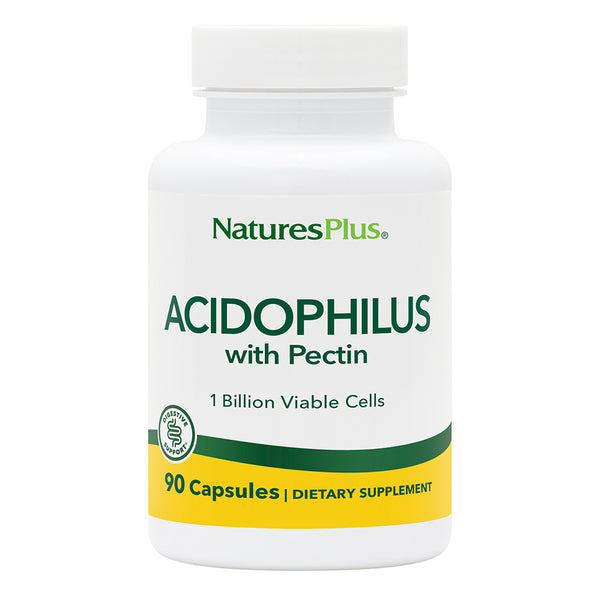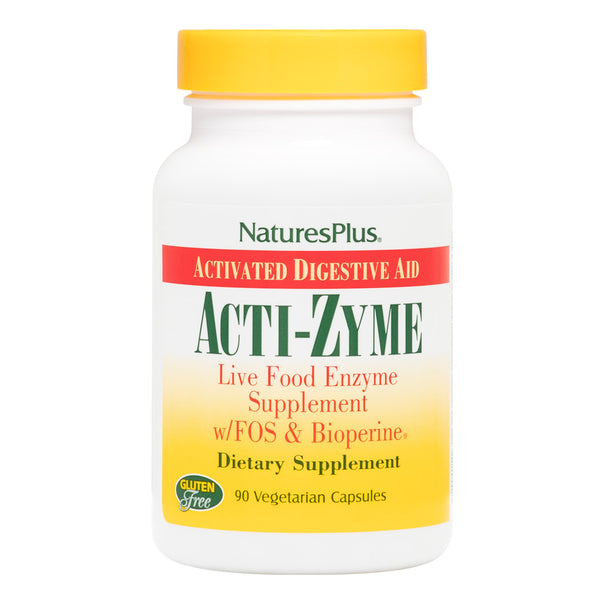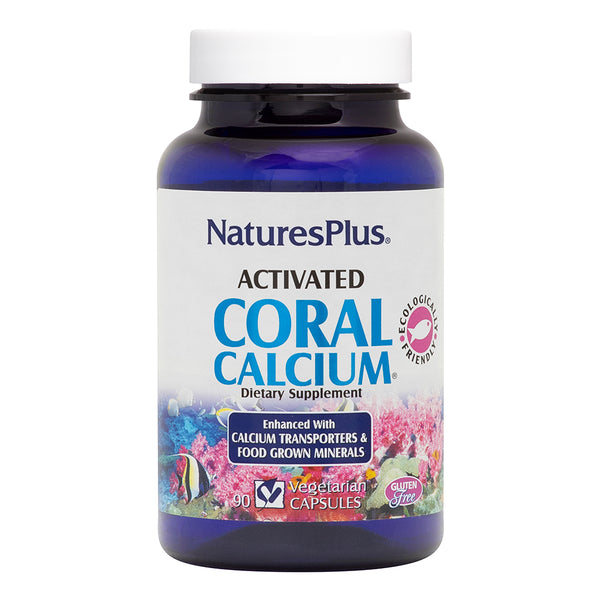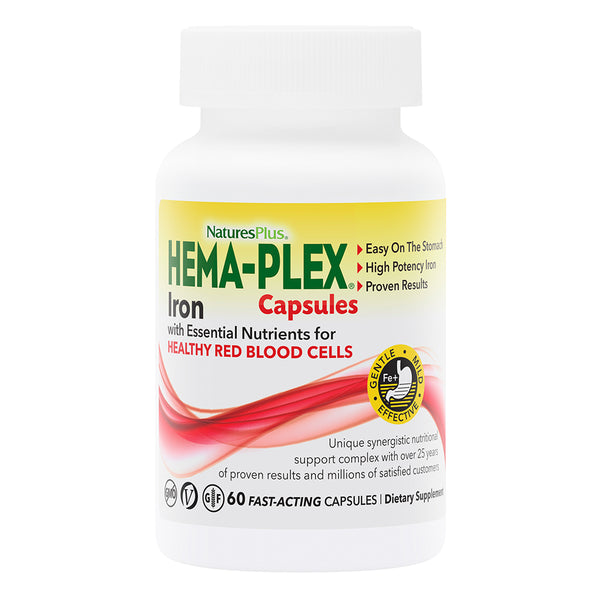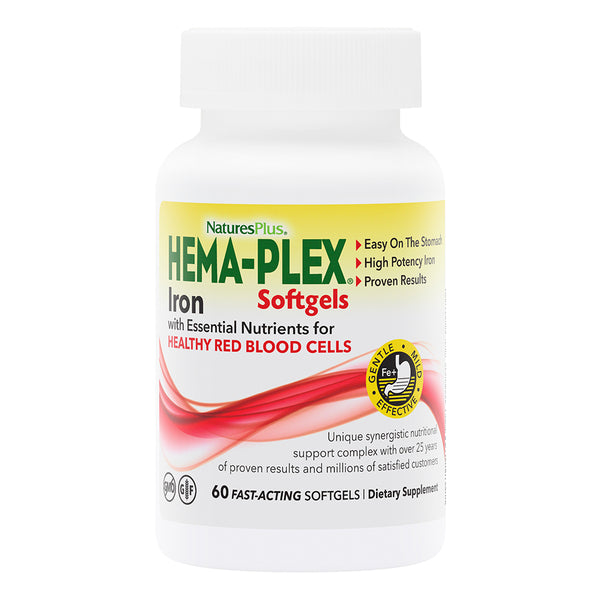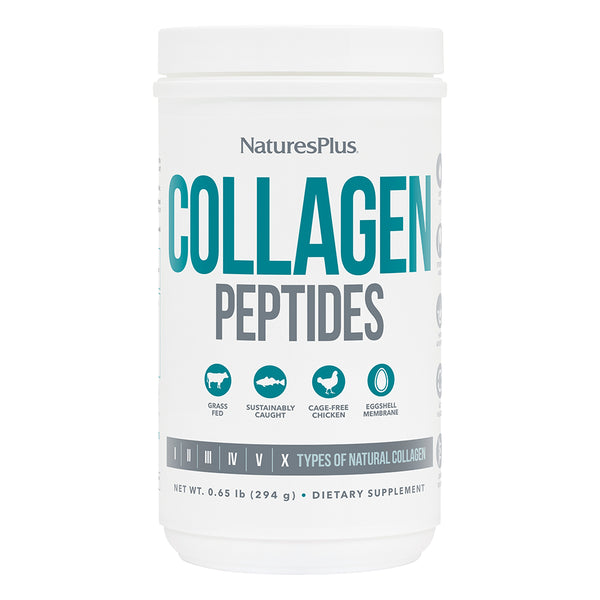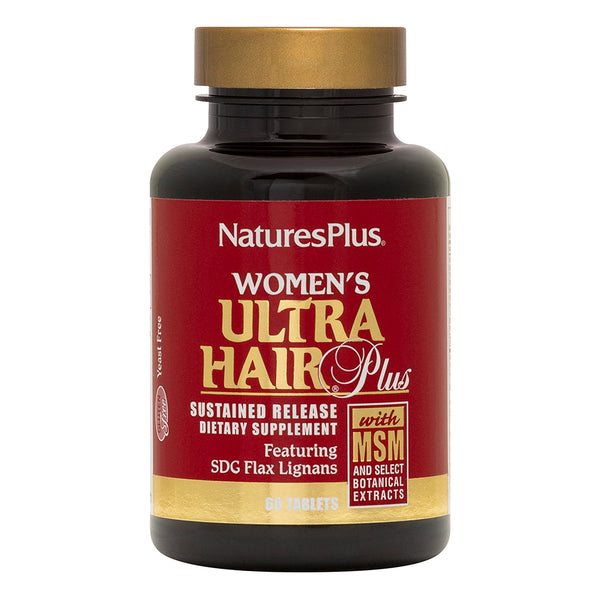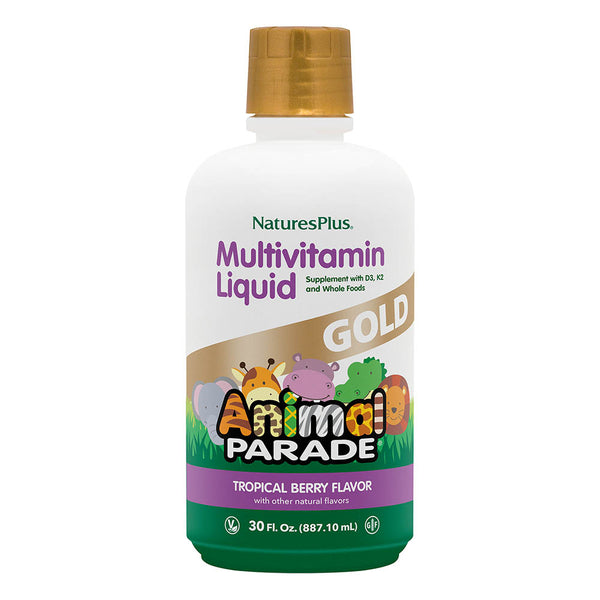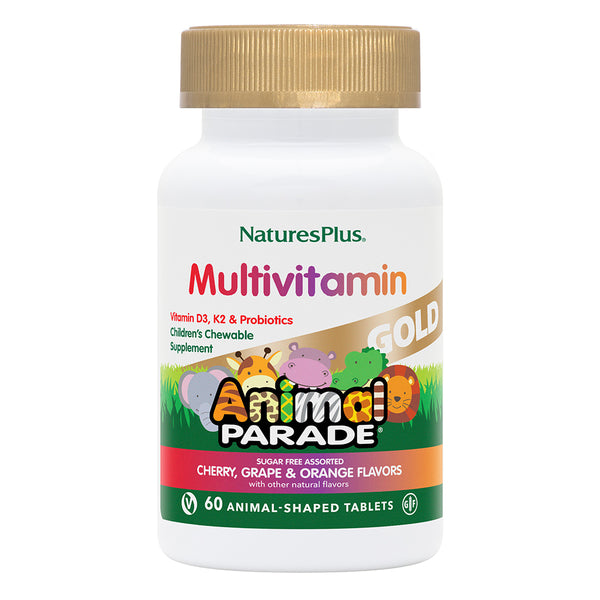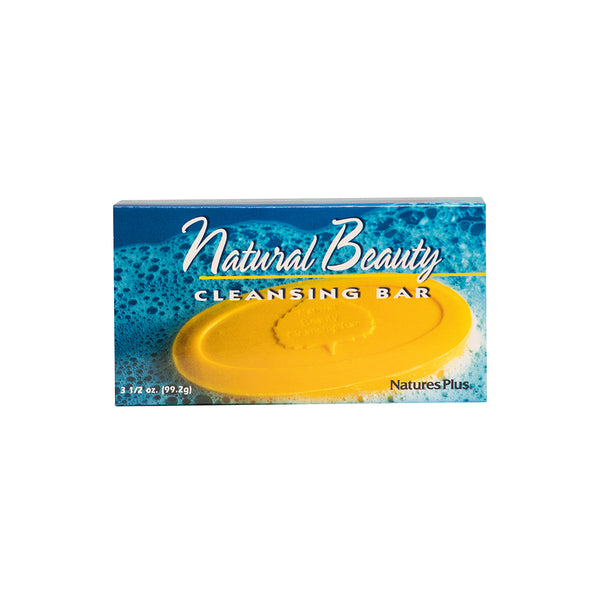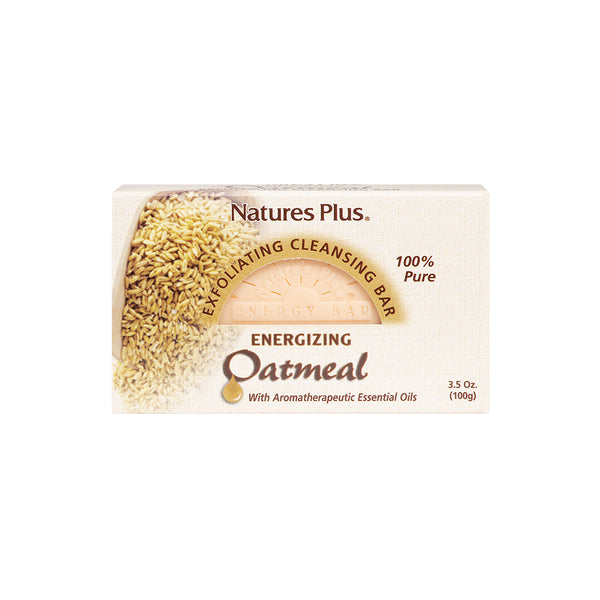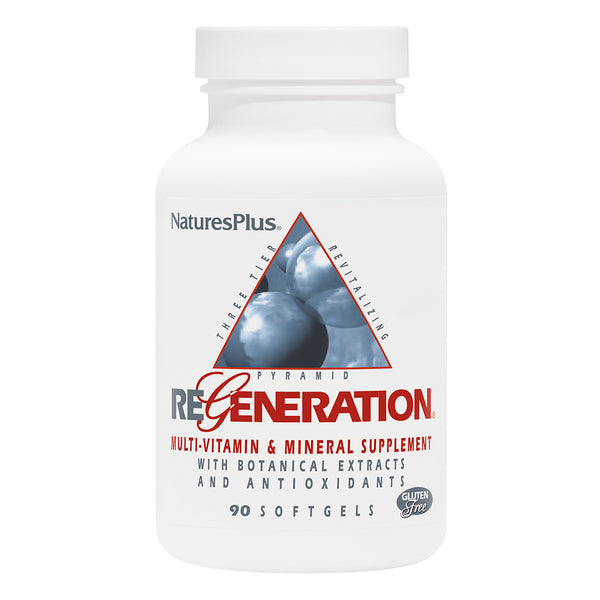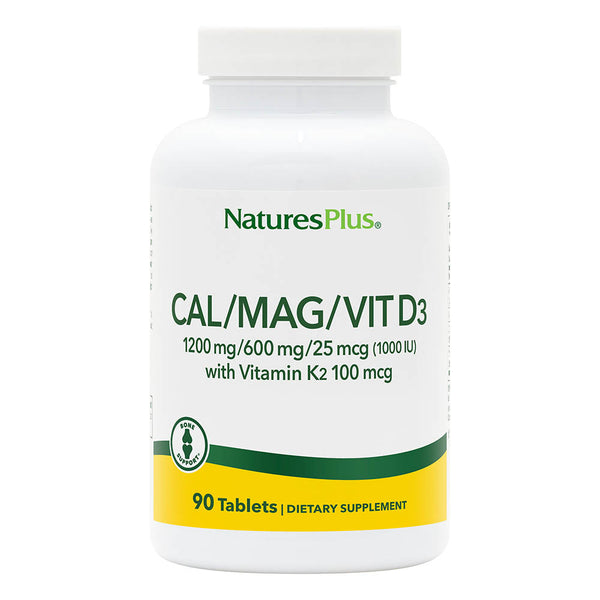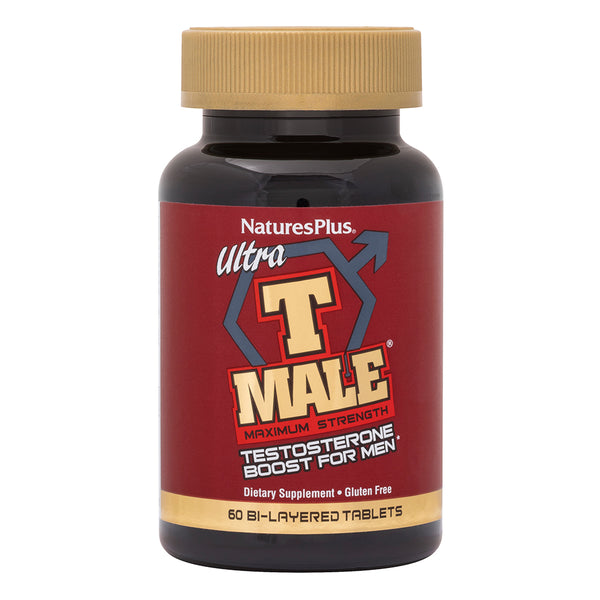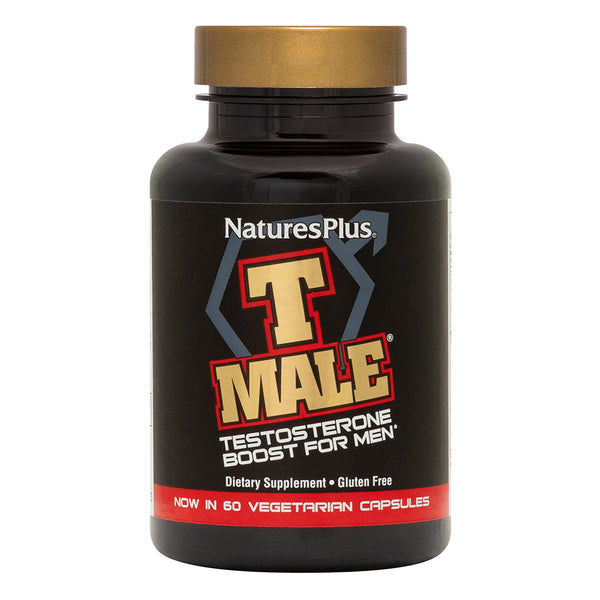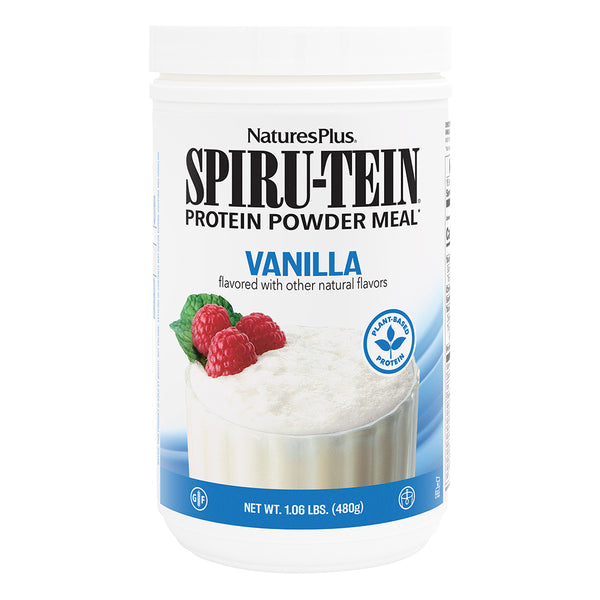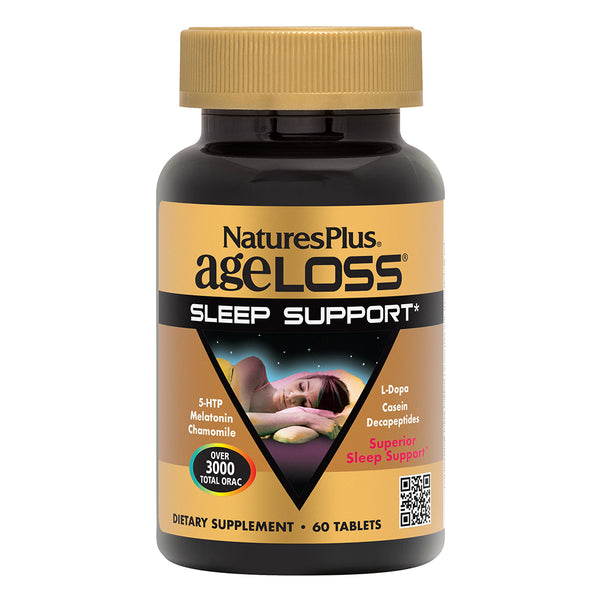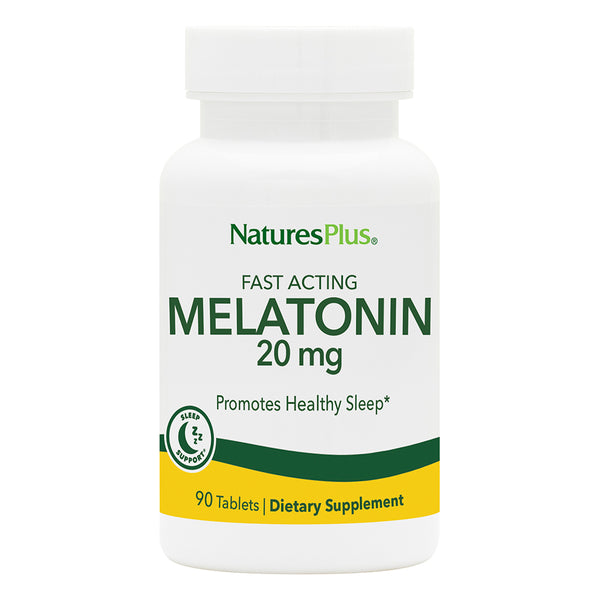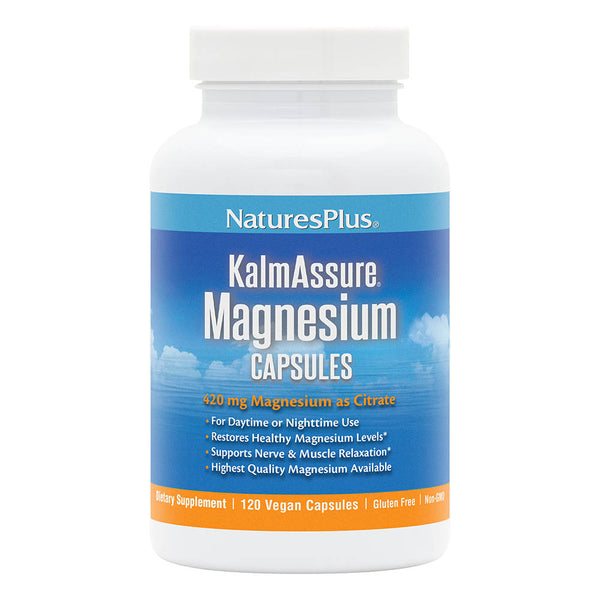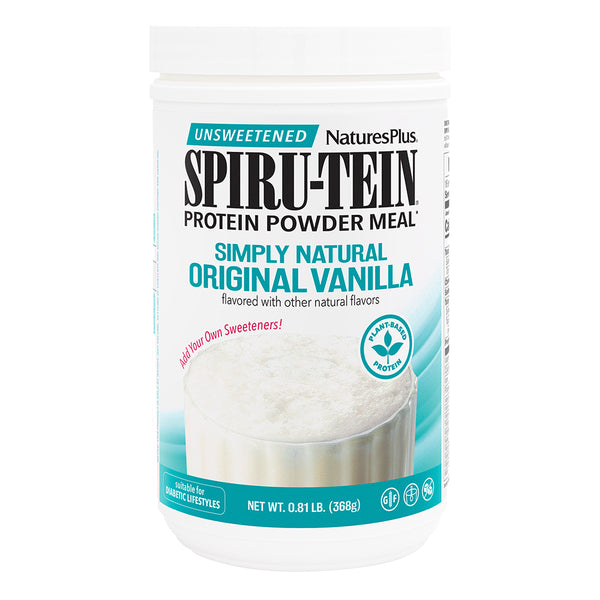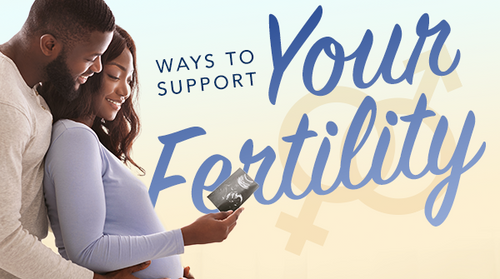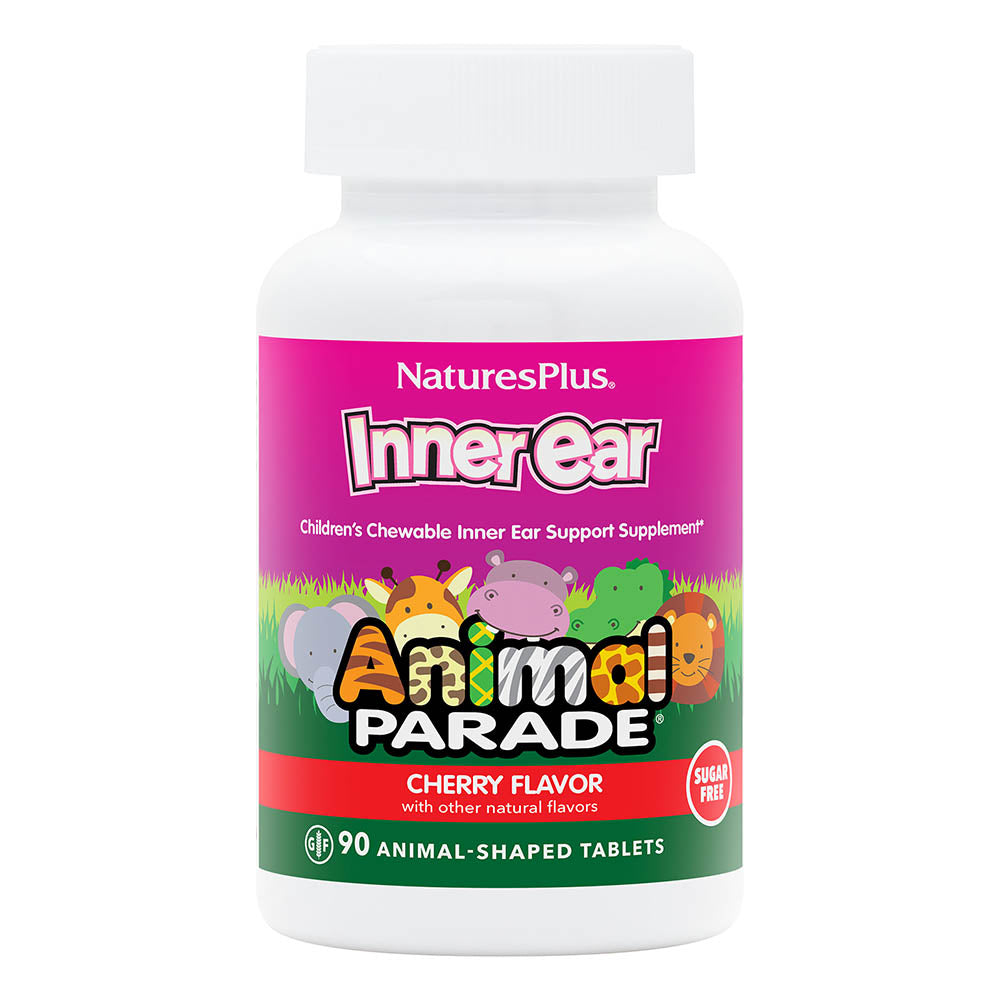Children's inner ear problems are among the most common reasons for unscheduled visits to the pediatrician: Parents find it distressing to watch a toddler suffer from an inner ear infection.
That's why addressing ear issues proactively is important, not only to spare your child the discomfort of an infection but also to help keep hearing sharp and language development on track. Here are some ways to protect those tender little ears.
Have Your Child's Hearing Checked Early
Hearing loss among newborns is not uncommon, affecting two or three infants of every 1,000, and many of these babies are born to parents with normal hearing. That makes it crucial to discover such problems as early as possible.
Many states now require hearing screens for all newborns. Find out what the laws are in your state; if such screening isn't required, ask that it be done. Full testing can't be done until a child is 3 months old; if a red flag was found during your baby's early screening, schedule an appointment with an audiologist for a follow-up evaluation. If your child does have a hearing problem, early intervention (no later than 6 months) can help with language and learning-skills development.
Protect Against Noisiness (and Sun Exposure)
Young ears are sensitive to loud noises, including concentrated music. "Loud noises like music through headphones or a movie theater can potentially damage hearing long term," says pediatric nurse practitioner Katie Hepfer, DNP, C-PNP. Hepfer also recommends remembering to apply sunblock to the tops of your baby's ears when he or she is outside.
Be Careful When Cleaning Your Child's Ears
You might be tempted to clean your child's ears if you see earwax. Don't.
While earwax is not pleasant to look at, "it's harmless and good for your ears!" says Nicole Freedman, MSN, RN, CPNP. Earwax contains enzymes that help prevent bacteria and fungus from growing in the ear, and it creates a barrier to protect the ear canal from water. Earwax also traps dust and dirt particles that enter the ear.
Earwax moves out of the ear canal on its own; Freedman suggests using a tissue or soft cloth to wipe it away. She says it should only be removed manually for two reasons: if it is packed so tightly it affects hearing, or if a doctor needs a clear field of view to examine the eardrum.
Do not attempt to use anything, including cotton swabs, to clean the ear yourself. You can push wax further toward the eardrum, causing it to clump together and block hearing, says Freedman, who adds that even a soft object pushed into the ear can rupture the eardrum. If earwax does need to be removed, have a professional do the job.
To dry ears after a bath or shower, Freedman suggests instructing your child to tilt their ear to one side against a towel, and then tilt their head to the other, allowing water to drip out on its own.
Get Help in Removing Foreign Objects
Also seek professional help in removing the objects that small children will occasionally stick in their ears, such as beads, bits of food, crayons, small toys or watch batteries.
One exception: If an insect flies or crawls into your child's ear, try shining a light into the opening; the insect should move toward the light and out of the ear. Or you can try placing a few drops of baby oil in the ear canal to dislodge the bug. If it becomes stuck, treat it like any other foreign object and have it removed professionally.
Try to Prevent Ear Infections ...†The information provided is not an endorsement of any product, and is intended for educational purposes only. NaturesPlus does not provide medical advice and does not offer diagnosis of any conditions. Current research on this topic is not conclusive and further research may be needed in order to prove the benefits described. The conditions and symptoms described may be indicative of serious health problems, and therefore should be brought to the attention of a qualified healthcare practitioner.
What are commonly thought of as inner ear infections actually involve the middle ear, which includes the eardrum and the three tiny bones behind it that transmit sound vibrations to the inner ear. The eustachian tube, a small tube that connects the middle ear to the upper part of the throat, helps equalize pressure between the outer and middle ears.
Adults can develop ear infections, but they are more common in children for several reasons.
For one thing, the eustachian tubes are smaller and more level in children than they are in adults. This makes it difficult for fluid to drain out of the ear, especially if the tubes are blocked. A child's still-developing immune system isn't as effective as an adults, and the adenoids, small immune-system structures at the back of the nose, may themselves become infected, which can then affect the eustachian tubes and middle ear.
An ear infection (technically known as otitis media) usually occurs after a cold or other respiratory infection when microbes spread to the middle ear and cause a buildup of fluid behind the eardrum. This causes pain; if a child isn't yet able to say my ear hurts, he or she may show discomfort by fussing, crying and tugging at the ear. Infants and younger children are more prone to developing fevers than older children; other signs of infection include fluid draining from the ear, trouble sleeping and hearing difficulties, especially in responding to quiet sounds.
Ways to lower your child's risk of developing an ear infection include:
- Avoiding cigarette smoke exposure
- Washing your hands frequently, and having your child do so if old enough
- Keeping your baby upright during bottle feedings to encourage fluid drainage
- Not putting your baby down for a nap, or for the night, with a bottle
- Limiting your child's exposure to other children who are sick
In addition, it is recommended that you vaccinate your child with the 13-valent pneumococcal conjugate vaccine, according to the National Institutes of Health (NIH), which also recommends vaccinating your child against the flu.
... and Know What to Do If an Infection Occurs†The information provided is not an endorsement of any product, and is intended for educational purposes only. NaturesPlus does not provide medical advice and does not offer diagnosis of any conditions. Current research on this topic is not conclusive and further research may be needed in order to prove the benefits described. The conditions and symptoms described may be indicative of serious health problems, and therefore should be brought to the attention of a qualified healthcare practitioner.
Many parents assume that antibiotics are the standard response to an ear infection, but that isn't true.
Ear infections are generally very treatable, Hepfer says. However, some infections can be viral, so those have to run their course. That's because viruses, unlike bacteria, are not affected by antibiotics. Using antibiotics cautiously and with good reason helps prevent the development of bacteria that become resistant to antibiotics, notes the NIH.
Because of this concern, if your doctor isn't able to make a definite diagnosis of otitis media and your child doesn't have severe ear pain or a fever, your doctor might ask you to wait a day or two to see if the earache goes away, says the NIH. Sometimes ear pain isn't caused by infection, and some ear infections may get better without antibiotics.
In some cases, your pediatrician may write a "safety-net" prescription, to be filled only if your child's symptoms don't subside within 48 hours. If your child does need an antibiotic, ensure that he or she takes it exactly as prescribed and for the full amount of time.
†The information provided is not an endorsement of any product, and is intended for educational purposes only. NaturesPlus does not provide medical advice and does not offer diagnosis of any conditions. Current research on this topic is not conclusive and further research may be needed in order to prove the benefits described. The conditions and symptoms described may be indicative of serious health problems, and therefore should be brought to the attention of a qualified healthcare practitioner.The information provided is not an endorsement of any product, and is intended for educational purposes only. NaturesPlus does not provide medical advice and does not offer diagnosis of any conditions. Current research on this topic is not conclusive and further research may be needed in order to prove the benefits described.The conditions and symptoms described may be indicative of serious health problems, and therefore should be brought to the attention of a qualified healthcare practitioner.
Like this article? You’ll love our weekly newsletter
sign up here!
**These statements have not been evaluated by the Food and Drug Administration. This product is not intended to diagnose, treat, cure or prevent any disease.
